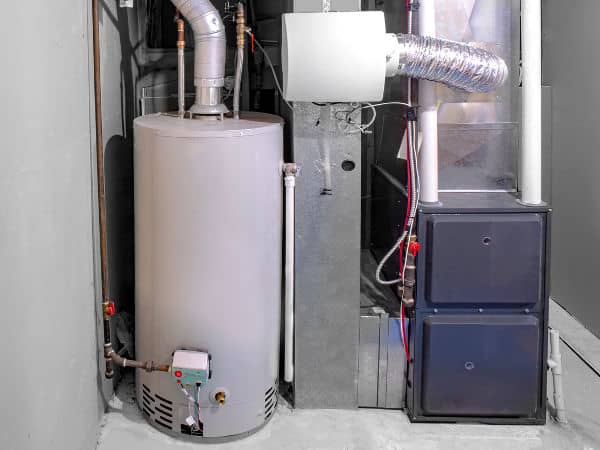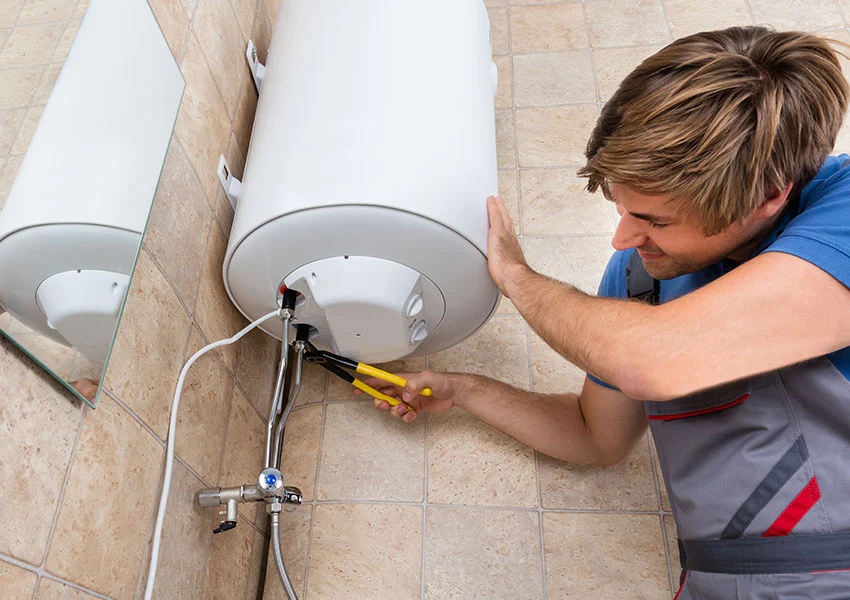How to Maintain Your Home's Hot Water System Properly
How to Maintain Your Home's Hot Water System Properly
Blog Article
Listed here below you might get a lot of very good material pertaining to How to Maintain a Hot Water Heater in a Few Simple Steps.

Hot water is important for day-to-day comfort, whether it's for a refreshing shower or cleaning meals. To ensure your warm water system runs effectively and lasts longer, routine maintenance is vital. This post offers practical ideas and insights on how to keep your home's warm water system to avoid disturbances and expensive repairs.
Intro
Maintaining your home's warm water system could appear complicated, but with a few basic actions, you can ensure it runs smoothly for several years to come. This overview covers every little thing from recognizing your hot water system to DIY upkeep pointers and understanding when to hire expert help.
Relevance of Preserving Your Warm Water System
Routine upkeep not only prolongs the lifespan of your warm water system but likewise guarantees it operates successfully. Disregarding upkeep can bring about decreased effectiveness, greater energy costs, and even early failing of the system.
Signs Your Warm Water System Demands Maintenance
Knowing when your warm water system requires attention can stop significant issues. Watch out for indicators such as irregular water temperature level, unusual sounds from the heater, or rustic water.
Understanding Your Hot Water System
Prior to diving into upkeep jobs, it's useful to comprehend the standard components of your hot water system. Normally, this includes the water heater itself, pipelines, anode poles, and temperature level controls.
Monthly Maintenance Tasks
Routine month-to-month checks can help capture minor problems prior to they rise.
Flushing the Water Heater
Flushing your hot water heater gets rid of sediment accumulation, boosting efficiency and lengthening its life.
Checking and Replacing Anode Rods
Anode rods protect against rust inside the storage tank. Examining and replacing them when worn out is important.
Inspecting and Readjusting Temperature Level Setups
Readjusting the temperature level settings makes certain optimal efficiency and safety and security.
Do It Yourself Tips for Upkeep
You can carry out a number of maintenance tasks on your own to maintain your warm water system in leading condition.
Looking for Leaks
Consistently evaluate pipelines and connections for leaks, as these can lead to water damages and greater bills.
Testing Pressure Alleviation Valves
Examining the stress safety valve ensures it functions correctly and avoids excessive pressure buildup.
Insulating Pipes
Protecting hot water pipes reduces warmth loss and can conserve power.
When to Call an Expert
While DIY upkeep is advantageous, some issues require expert experience.
Complicated Concerns Requiring Professional Aid
Examples include major leakages, electrical problems, or if your hot water heater is continually underperforming.
Routine Professional Maintenance Benefits
Expert maintenance can consist of complete assessments, tune-ups, and guaranteeing conformity with safety and security requirements.
Conclusion
Normal maintenance of your home's hot water system is necessary for effectiveness, durability, and expense savings. By complying with these tips and recognizing when to seek specialist help, you can ensure a trusted supply of hot water without unanticipated interruptions.
Water Heater Maintenance: The Basics
Maintaining your water heater will ensure it operates efficiently and has a longer lifespan. Neglecting regular maintenance can lead to costly repairs and an even bigger chunk of your savings if you have to replace it sooner than necessary. But there’s good news: Most water heater maintenance tasks are relatively simple and easy for homeowners with basic DIY skills.
Flush the Water Heater
Over time, sediment and minerals can build up in the tank, reducing its efficiency and potentially causing damage. To flush the tank, turn off the power or gas supply, attach a hose to the drain valve near the bottom and open the valve to drain the water until it runs clear. Ideally, flush the tank annually.
Replace the Anode Rod
The anode rod is a sacrificial metal rod that helps prevent corrosion inside the tank. Inspect and replace it every three to five years or per the manufacturer's recommendation. To replace the anode rod, turn off the power or gas supply, drain a few gallons of water from the tank, unscrew the old rod and replace it with a new one. If the anode rod is significantly corroded or covered in calcium buildup, it's a sign the water heater may need to be replaced soon.
Tune-Up
A yearly tune-up can help identify potential issues and ensure your water heater operates at peak efficiency. This typically involves checking the thermostat, burner assembly (for gas heaters) and any other components specified by the manufacturer. During a tune-up, the technician may also clean the burner and adjust the pilot light (for gas heaters) or examine the heating elements (for electric heaters).
How to Maintain Your Water Heater
Insulate the tank. Insulating the tank can improve energy efficiency and reduce heat loss, saving you money on energy bills. You can purchase precut insulation blankets designed specifically for water heaters or use standard fiberglass insulation wrapped securely around the tank. Check the temperature. The recommended water temperature for most households is around 120 degrees Fahrenheit (49 degrees Celsius). Higher temperatures can increase energy costs and potentially cause scalding. Use a kitchen thermometer to check the temperature at the faucet nearest the water heater. Monitor water pressure. Excessive water pressure can strain the water heater and cause leaks or even tank failure. Install a pressure-reducing valve if necessary. The ideal water pressure range is between 60 and 70 PSI (pounds per square inch). Test the temperature and pressure (T&P) relief valve. The T&P relief valve is a safety feature that releases pressure if the tank gets too hot or the pressure builds up too high. Test it annually by lifting the lever and allowing a small amount of water to release. Replace the valve if it doesn't release water or reseal properly. Check for leaks. Regularly inspect the tank, pipes and fittings for leaks or corrosion. Deal with issues promptly to prevent further damage. Even a small leak can lead to significant water damage over time. Consider a tankless water heater. If your traditional tank-style water heater is nearing the end of its lifespan ( typically 10 years), consider replacing it with a tankless water heater. These units heat water on demand, reducing standby energy losses and potentially saving you money on your energy bills. Schedule professional maintenance. While homeowners can perform many water heater maintenance tasks, it's still a good idea to schedule professional maintenance every few years. A plumber or HVAC technician can thoroughly inspect the unit, identify potential issues and ensure it operates safely and efficiently. https://www.homeserve.com/en-us/blog/home-improvement/hot-water-heater-maintanence/

Do you appreciate reading about How to Maintain a Hot Water Heater in a Few Simple Steps? Make feedback below. We will be happy to hear your feelings about this post. In hopes to see you back again in the future. I beg you set aside a second to promote this blog entry if you liked it. Many thanks for your time spent reading it.
Call Today Report this page